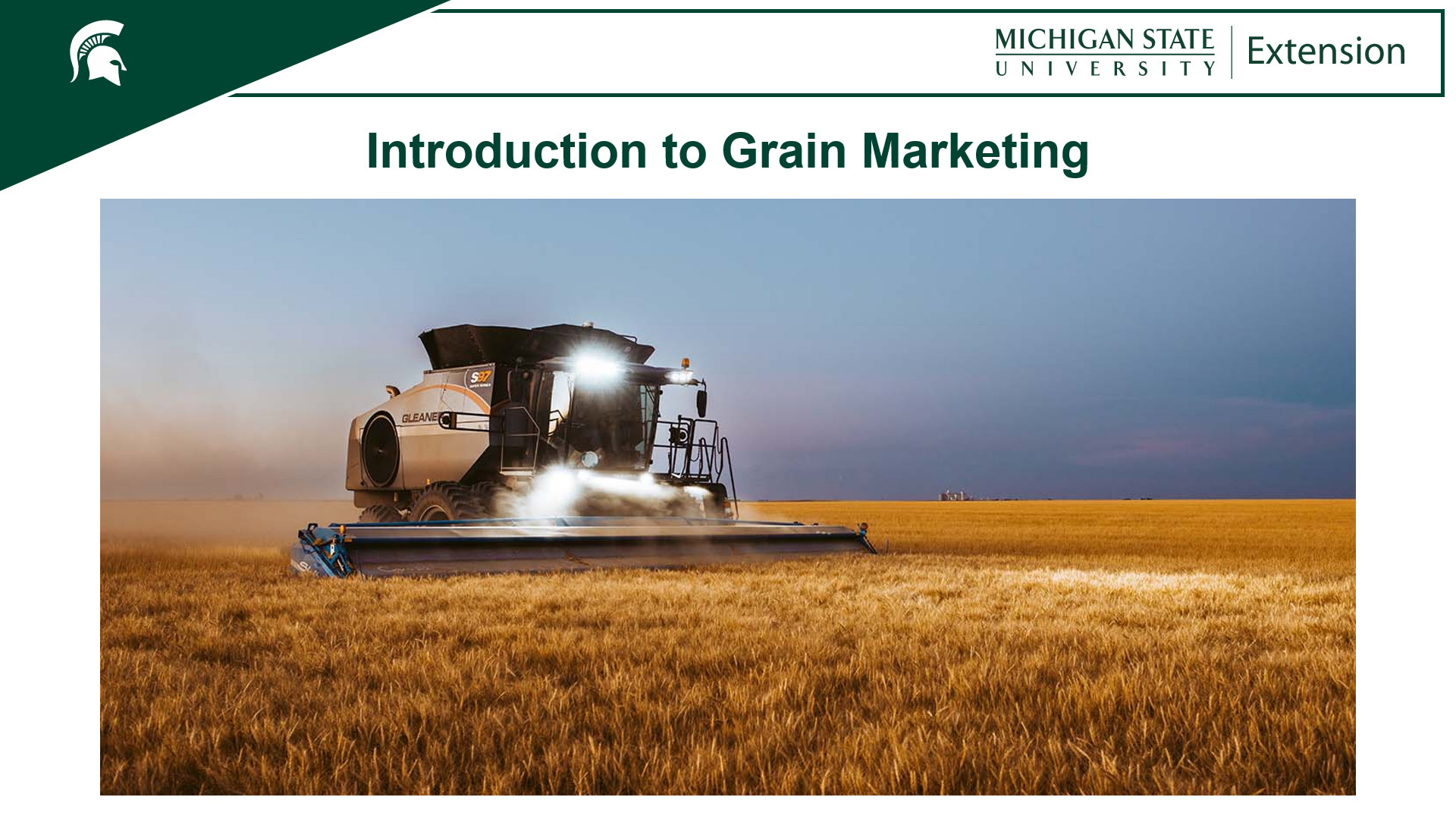Food pantry safety during flooding emergencies
When a flooding disaster strikes, food pantries need a plan.

This is part of a series on what a food pantry needs to do in an emergency. To read more about what food pantries should do in the event of a fire, read this article.
Flooding may occur when there has been excessive rainfall, snow, a coastal or lake storm surge, or a dam has broken. Flooding, the most common disaster in the United States, is defined as a temporary overflow of water onto land that is usually dry. This natural hazard requires food pantries to respond not only to foods' safety but also to the community it serves.
Having an emergency plan about what to do in case of a flood is very helpful in training food pantry staff and volunteers to be prepared and to respond. This emergency plan should be written so everyone knows what to do and where to find the plan. Having hazard insurance can also help mitigate losses.
Providing safe food to the community is a key role for food pantries. Only commercially canned, all-metal food products and retort packaged foods (which are made from a laminate of flexible plastic and metal foils) may be salvaged from a flood. Before removing the labels for washing, use a permanent marker to identify the contents of the package. By removing the labels from the cans and retorts, the food products may be washed, rinsed, sanitized and air dried. Michigan State University Extension recommends the disinfecting solution should be made with two tablespoons of 8.25% hypochlorite unscented bleach to one gallon of potable water. Alternately, you can use three tablespoons of 5.25 to 6.25% hypochlorite unscented bleach to one gallon of potable water. Air dry the packages for one hour before putting them in storage. Affix new labels on the cans and packages. Include on the labels the contents, net weight, and a use by date. Reconditioned foods should be used as soon as possible.
Dispose of all food products that were involved in the flood waters. This would include foods and beverages in containers made of cardboard packaging, glass with screw on tops, snap on lids, crimped cans or pull-tab lids. Throw away foods in refrigerators or coolers that were also in the flood waters. Any leaking, bulging or rusty food products should be thrown away, because these are signs of contamination.
Turn off the electrical appliances until they can be checked by an electrician. In the meantime, wash, rinse, sanitize and air dry the interiors and exterior of the appliances. Flood-damaged wooden cutting boards and utensils must be discarded. Only utensils, dishes, pans made of ceramic, glass and metal may be washed in hot soapy water. To sanitize, the dishware can be boiled in clean potable water or put into a solution of one teaspoon of unscented chlorine bleach per quart of potable water for 15 minutes. Clean-up of the rest of the facility is necessary for health and safety reasons for your customers, volunteers and staff.
If you can serve food, emergency clean-up of the kitchen will be necessary to help provide a sanitary facility to make emergency meals for emergency responders, volunteers, and the community.
For more information on ways to make your pantry services safer, visit Michigan State University Extension's For Food Pantries website or attend one of MSU Extension’s Pantry Food Safety – It’s Your Job trainings.



 Print
Print Email
Email




